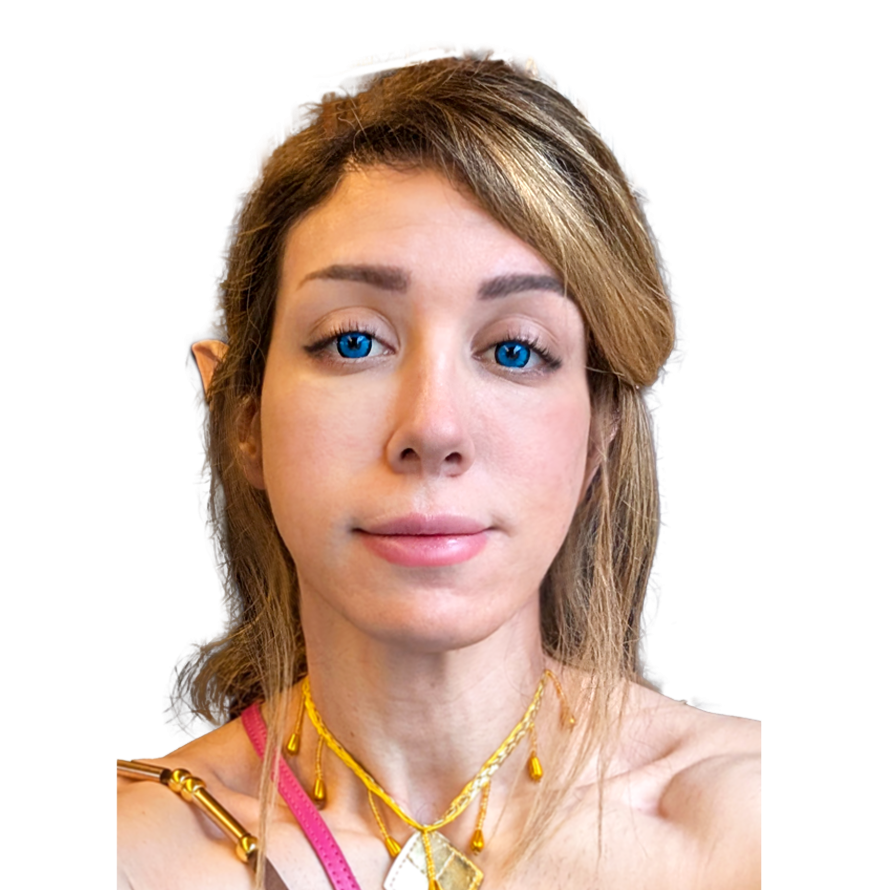 PORTFOLIO / RESUME
PORTFOLIO / RESUME

Nir Yomtov
B.Sc. in Game Development ![]() _
_
Interested in Gameplay & Graphics Programming, A.I, UI/UX and the way they all tie together to form experiences that leave a lasting impression
- Unity
- C#
- SteamVR
- SteamWorks
Working With Undocumented SDKs
At the time Valve had just released the HTC Vive, the SteamVR SDK was released alongside it, but had zero documentation. I had a lot of questions and no answers, but quickly got busy figuring out how to set up the development environment and work with the code by myself, while also trying to leverage as much knowledge as I could from other developers' discussions in forum threads and personal blogs using Google's search tools to limit the search results to the latest week.
Puzzle Editor & Workshop Support Using Steamworks API
While developing the game, I created a tool for myself to create puzzles. I decided to share it with the community, to let them create their own puzzles, and integrated the Steamworks API into the tool in order for them to be able to upload their puzzles directly to Steam Workshop through the tool. It proved very successful, with players downloading & playing more user created puzzles than the ones I released with the game.
Virtual Reality UI/UX
Through trial & error and having my friends and family playtest the game, I learned a lot about the user experience in VR, such as how to add 2D UI in a believable way inside a 3D world, how to create intuitive menus inside the game world, and how to interact with virtual objects.
NPC Scripting System
I created an interface that allowed me create scripted sequences with numerous NPCs, scripting them to look at other NPCs or the player while steering or talking, including the scene branching into different outcomes depending on player choices.
Setting Up A Legal Entity
In order to receive payments by Valve, I had to set up a legal entity through the use of an accounting firm and learned a lot about the administrative process of receiving payments & paying taxes.
Use Substance Painter to Bake Normal Maps
I worked on this project before studying at DAE, so I would leverage my gained knowledge of Maya & Substance Painter to produce higher poly assets, use them bake normal maps as well and rethink the art style in general.
Write Advanced Shaders
As mentioned before, I would like to use what I learned at DAE to write GLSL shaders with some creative high catching effects to create more engaging marketing materials and create a new trailer for the game.
Blend Between The Different Hand Animations
At the time I had less experience with animation, so I made single keyframe animations that put the hand models in a certain position (Open palm, holding an item, pointing a finger). It didn't occur to me at the time, but now I know I could quickly set up an Animation State Machine to blend between the different single-keyframe hand animations for a much more polished effect.
Meta Quest 3 AR Release
I would like to release a smaller-scoped version of game on the Meta Quest 3, to allow users to solve puzzles in Augmented Reality in a more casual manner than in a full fledged VR story mode.
Use The Meta Quest Pro Facial & Eye Tracking To Create NPC Facial Animations
To make the NPCs in the game a lot more engaging, lifelike & believable I would like to use the Quest Pro's Facial & Eye tracking solution to record more advanced facial animations for the characters, making the game feel more like a Saturday morning cartoon.